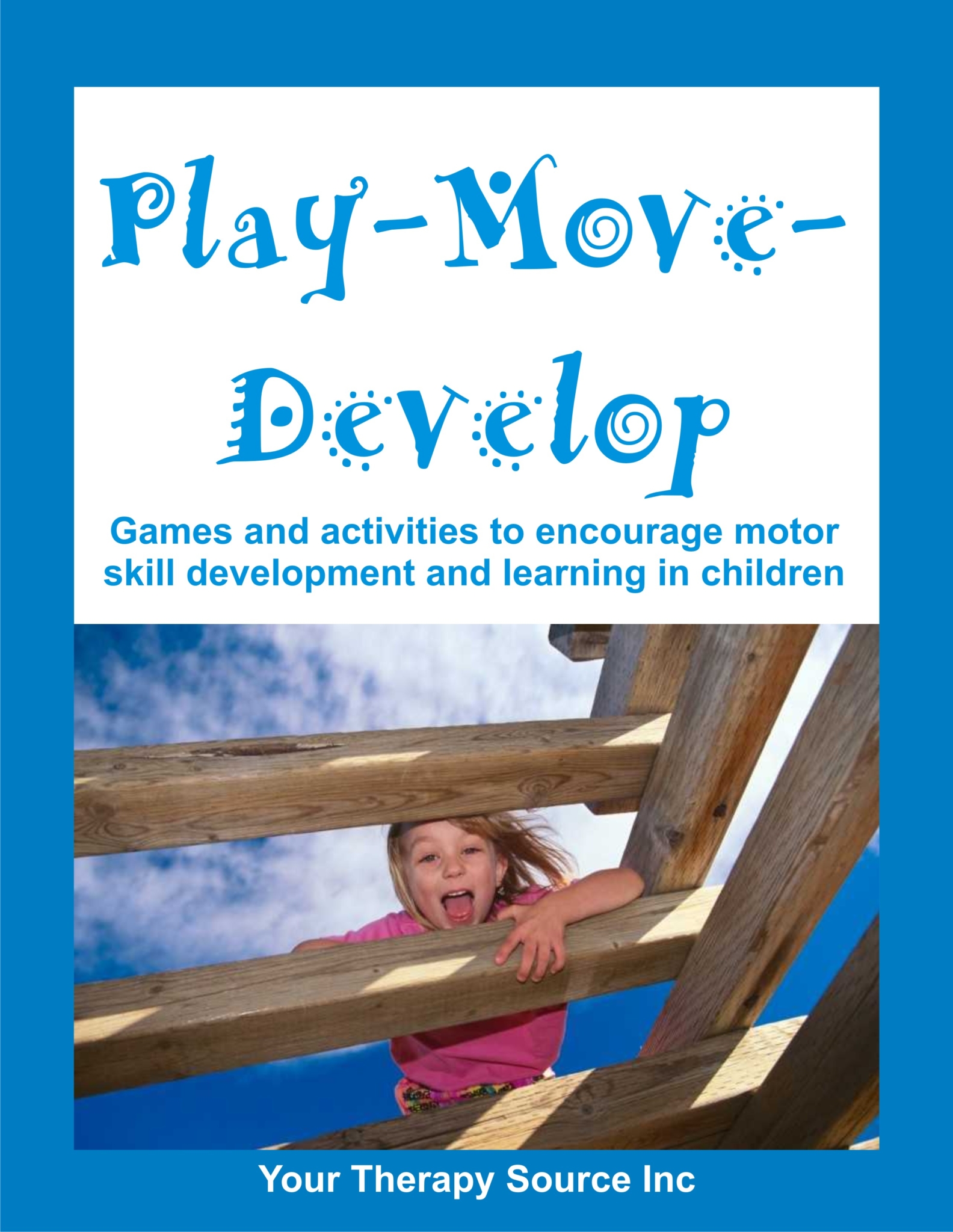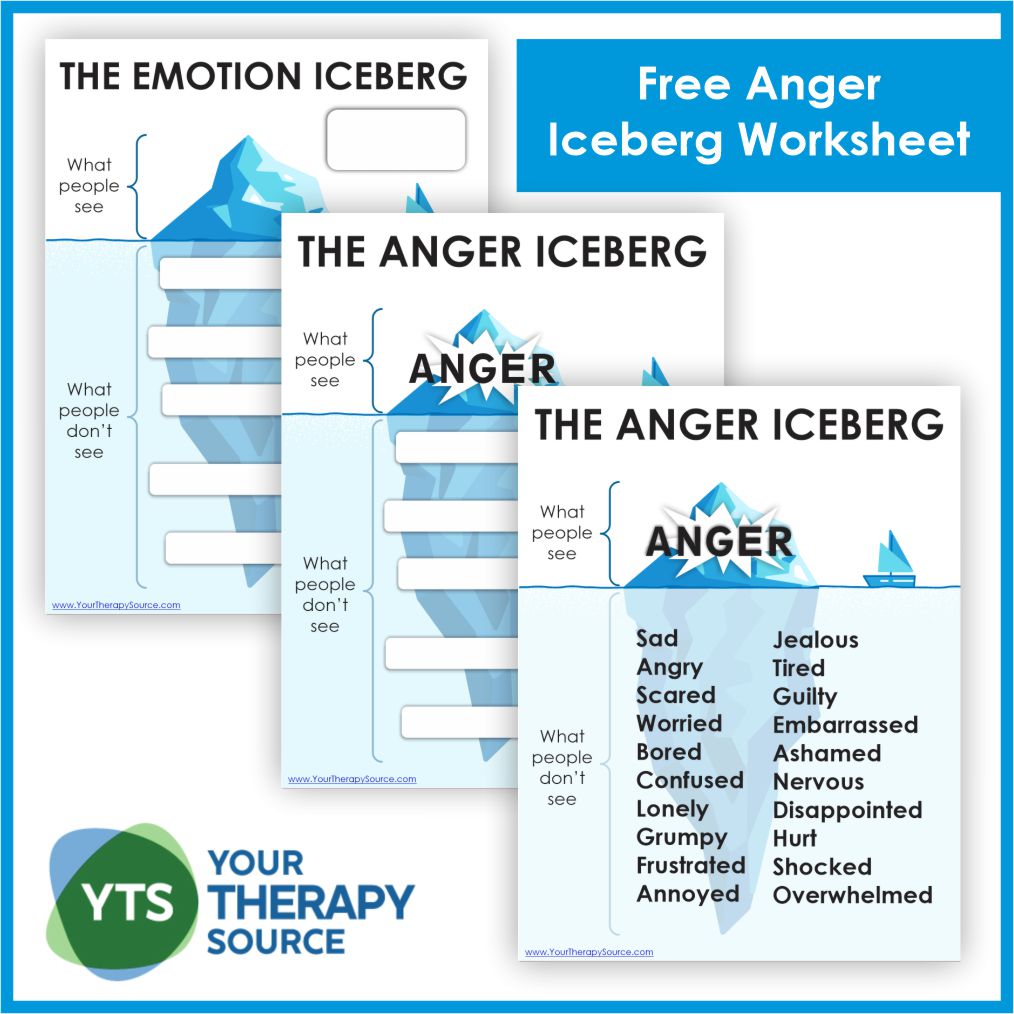Difference Between Fine and Gross Motor Skills
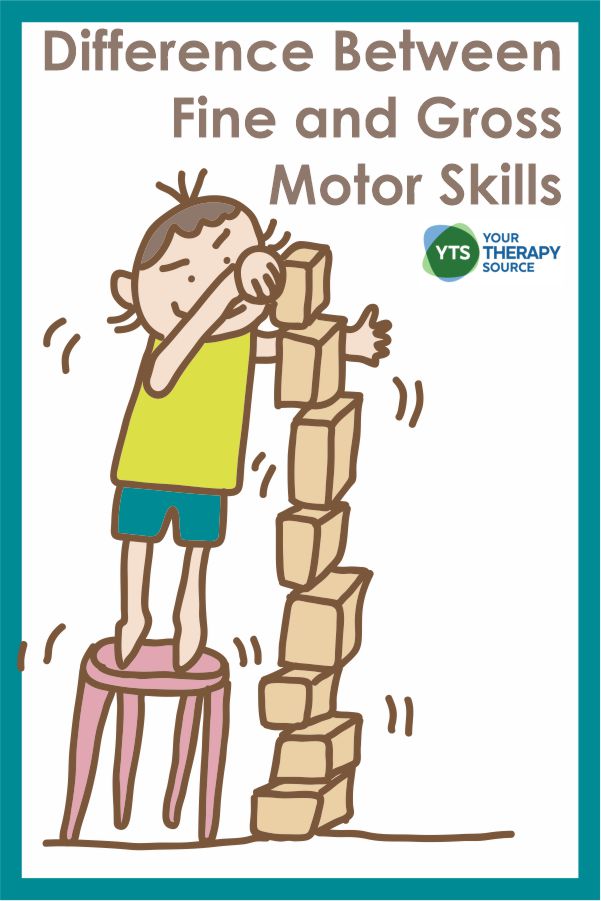
When it comes to the physical development of children, understanding the difference between fine and gross motor skills is paramount. These two types of motor skills are the building blocks for many of the abilities a child will develop throughout their early years. Learn more about the differences and how parents and educators can support children’s motor development.
FINE VS GROSS MOTOR SKILLS
Fine motor skills involve the use of small muscles, particularly those in the hands and fingers, coupled with eye-hand coordination to execute precise movements. Examples of fine motor skills include picking up small objects, threading a needle, or even turning a page. These skills are important for everyday activities at home and at school, such as eating, dressing, and writing.
On the other hand, gross motor skills involve larger muscle groups and larger movements. These skills encompass the ability to use the entire body to perform tasks such as running, jumping, climbing, and throwing a ball. Gross motor control is the foundation for physical activities and maintaining overall physical strength at home and at school.
The main difference between fine and gross motor skills lies in the size of the movements and the muscles involved. Fine motor movements involve smaller muscles and more precise movements, while gross motor skills involve the whole body and bigger movements.
FINE AND GROSS MOTOR SKILLS EXAMPLES
From a very young age, children begin to develop both fine and gross motor skills at their own pace. A newborn baby may start by using their entire body to roll over (gross motor skill) and gradually progress to smaller challenges like grasping a favorite toy (fine motor skill).
For example, by the age of six months, a child should be able to sit without support (gross motor skill), and by one year, they should begin to develop fine motor skills like using a pincer grasp to pick up objects. Between the ages of two and four, children should be able to walk and run steadily, kick and throw balls (gross motor skills), as well as build towers with blocks and manipulate small objects (fine motor skills).
Around five to six years, older children typically refine their motor skills and increase their manual dexterity. They can now ride bicycles, swim (gross motor skills), and engage in more complex fine motor activities such as tying shoelaces, writing, and using utensils efficiently.
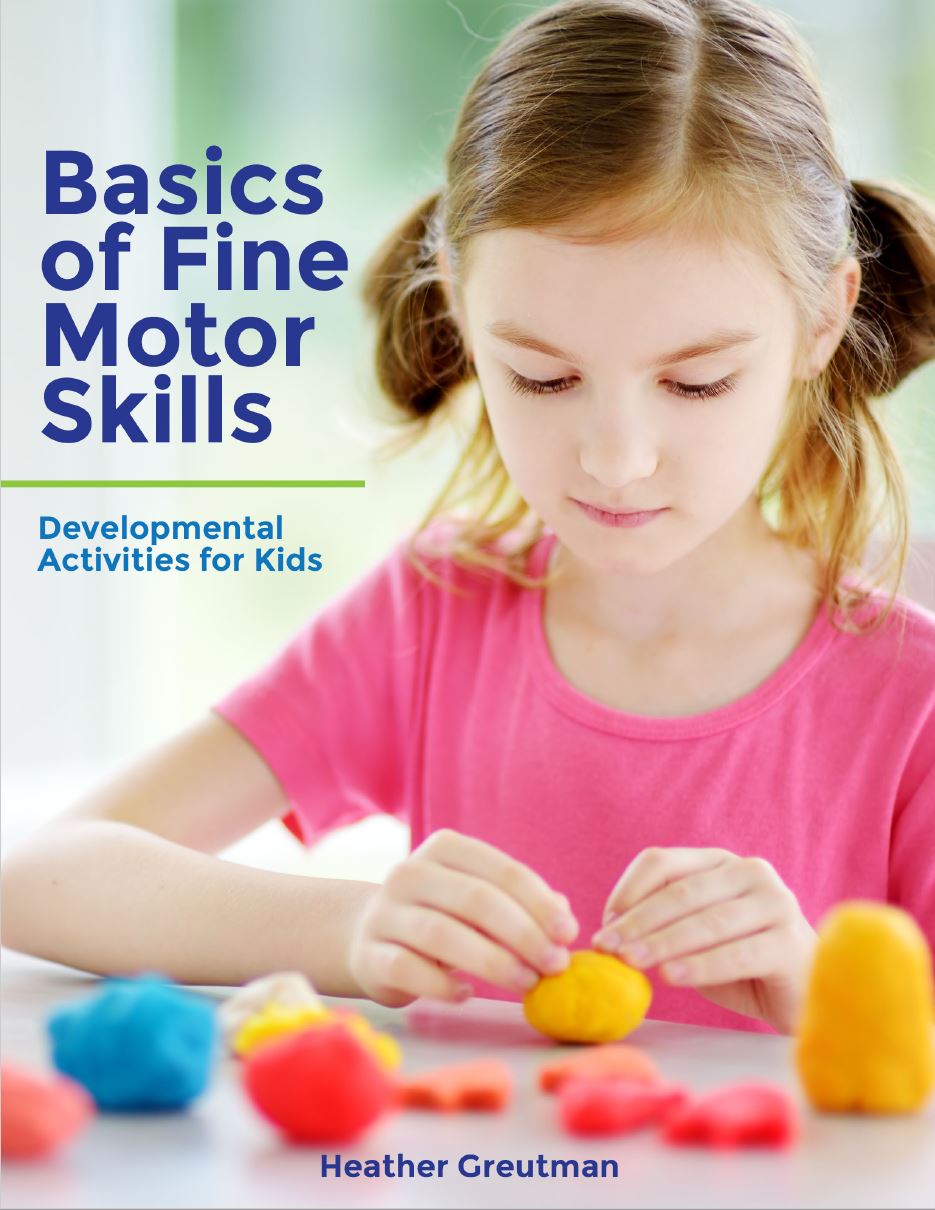
Basics of Fine Motor Skills – Developmental Activities for Kids
MORE EXAMPLES TO DESCRIBE THE DIFFERENCE BETWEEN FINE AND GROSS MOTOR SKILLS
Understanding the progression of motor skill development at different ages can be immensely helpful for parents. Below are the typical developmental milestones for fine and gross motor skills from birth to six years old.
0-3 MONTHS
Fine Motor Skills: Newborn babies start to open and shut their hands, swipe at objects, and bring their hands to their mouths.
Gross Motor Skills: Infants will start to lift their heads during tummy time, push down on their legs when their feet touch a hard surface, and move their arms and legs.
3-6 MONTHS
Fine Motor Skills: Babies at this stage can hold and shake a toy, bring their hands together, and possibly grasp and reach for objects.
Gross Motor Skills: They begin to roll over from tummy to back and might start sitting with support, bear weight on their legs, and push up on their elbows during tummy time.
6-12 MONTHS
Fine Motor Skills: Infants start using a pincer grasp (using thumb and forefinger to pick up small objects), transfer objects from one hand to the other, and bang two objects together.
Gross Motor Skills: They will likely start to sit without support, crawl, pull to stand, walk holding onto furniture (“cruising”), and possibly take a few steps without support.
12-18 MONTHS
Fine Motor Skills: Toddlers can stack blocks, scribble spontaneously, turn over a container to pour out contents, and start using utensils.
Gross Motor Skills: Walking independently, beginning to run, can kick a ball, climbing onto and down from furniture without help.
18-24 MONTHS
Fine Motor Skills: Toddlers at this stage can turn pages in a book (two or three at a time), build towers of four or more blocks, and possibly start to self-feed with a spoon.
Gross Motor Skills: They start to run more confidently, climb on furniture without assistance, kick a ball forward, and might start to jump in place.
2 YEARS OLD
Fine Motor Skills: They can sort shapes and colors, complete simple puzzles, and start showing hand preference.
Gross Motor Skills: A two-year-old can stand on tiptoe, kick a ball forward, and throw a ball overhead.
3 YEARS OLD
Fine Motor Skills: They can build towers of more than six blocks, manipulate play dough, and draw a circle and a cross.
Gross Motor Skills: Preschoolers can ride a tricycle, balance on one foot for a short time, and climb stairs alternating feet.
4-5 YEARS OLD
Fine Motor Skills: Children can copy squares and some letters, cut with scissors, and draw a person with 2-4 body parts.
Gross Motor Skills: They can hop on one foot, swing, and climb. They may also be able to skip.
6 YEARS OLD AND UP
Fine Motor Skills: They can write, button clothes, use a knife and fork, and tie shoelaces.
Gross Motor Skills: They can ride a bike without training wheels, swim, and participate in team sports like soccer or baseball.
Remember, these are just general guidelines. Each child develops at their own pace, and small differences in development are typically not a cause for concern. However, if parents notice a significant delay or regression in skills, they should consult with a pediatrician or occupational therapist.
SUGGESTIONS TO ENCOURAGE MOTOR SKILL DEVELOPMENT
Parents play an important role in their child’s development of motor skills. Here are a few tips to promote both fine and gross motor skills:
- Encourage Playtime: Provide safe, open-ended play opportunities. This is a great way for children to explore their environment and acquire new skills.
- Fine Motor Activities: Play dough, puzzles, and threading beads are excellent for developing hand-eye coordination. These activities also help children master the right slot for small objects, improving their fine motor control.
- Gross Motor Activities: Outdoor games, tummy time for infants, or dancing can enhance larger muscle movement and gross motor control.
- Offer a Variety of Experiences: Different environments offer diverse opportunities for learning and motor skill development. Regular trips to parks or playgrounds can be beneficial.
- Limit Screen Time: Physical play is the best way to develop motor skills. Limiting screen time encourages children to engage more with their physical environment.
Every child develops at different rates, and individual differences are normal. Some children may need additional support, such as early intervention or occupational therapy, especially in cases of developmental delays, neurological conditions such as cerebral palsy, or developmental coordination disorder.
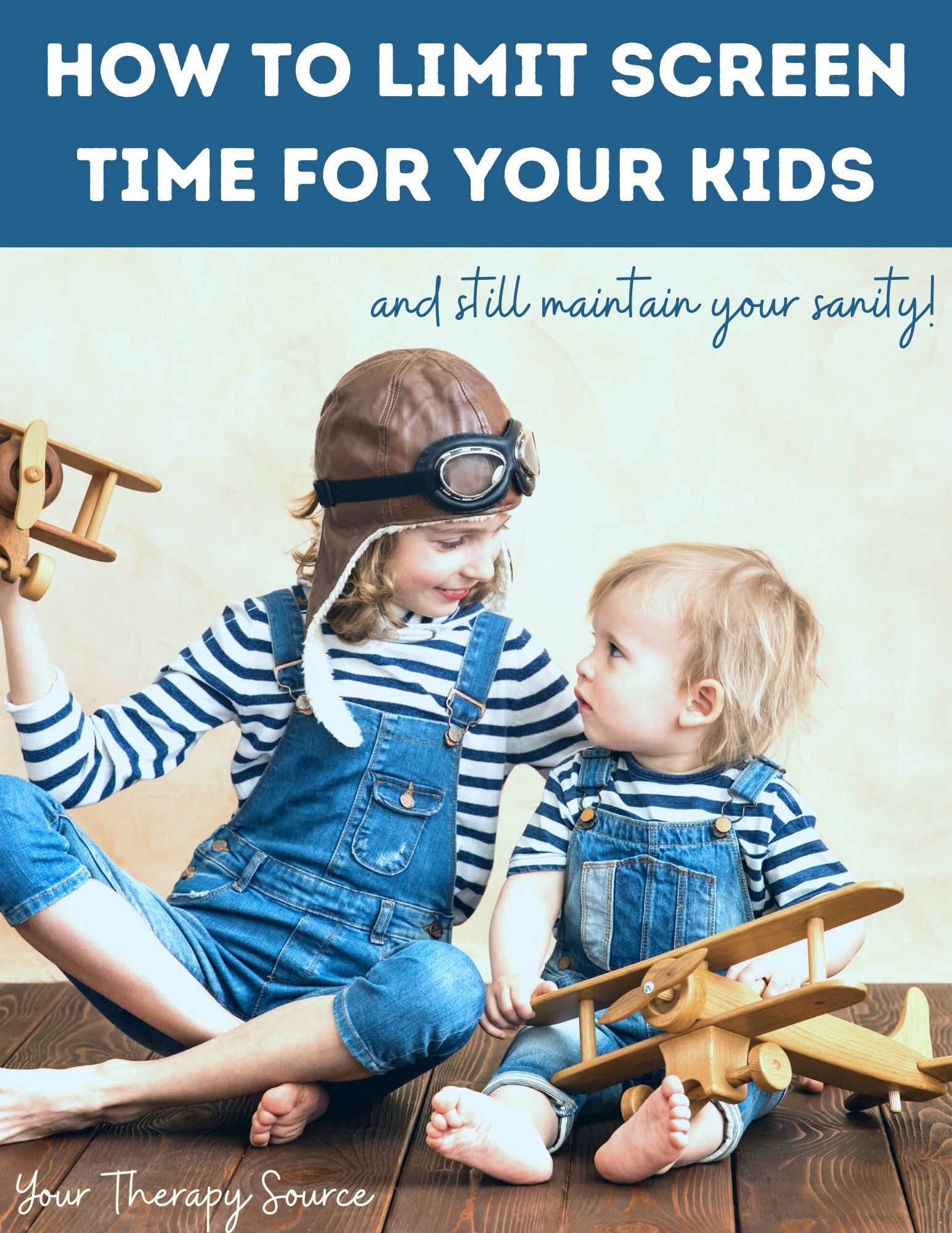
How to Reduce Screen Time for Kids Ebook
CONCLUSION ON THE DIFFERENCE BETWEEN FINE AND GROSS MOTOR SKILLS
The development of fine and gross motor skills plays a crucial role in a child’s life, influencing their physical abilities, social skills, cognitive development, and even language skills. These skills not only enable children to participate in play and social interaction but also help them carry out basic everyday tasks independently.
If you, as a parent or caregiver, notice that your child is not reaching developmental milestones or seems to struggle with tasks that their peers manage easily, it’s always a good idea to discuss your concerns with your child’s pediatrician. Professional evaluation may be required to rule out any potential issues.
Early childhood is a time of rapid learning and development. Children are curious and eager to engage with the world around them. Encouraging them to explore their environment and offering a variety of motor activities, both fine and gross, can be a fun and effective way to support their growth and development.
Occupational therapists and physical therapists may be able to help with motor skills development if needed. They are trained to work with children of different ages and can provide age-appropriate activities and strategies to improve motor skills. They can also educate and involve parents in the therapy process, making it more effective.
Remember, the goal isn’t to rush or compare your child’s progress with others, but to provide them with the support and opportunities they need to develop these essential skills at their own pace. After all, every child’s developmental journey is unique, and the early years are just the beginning of a lifetime of discovery.
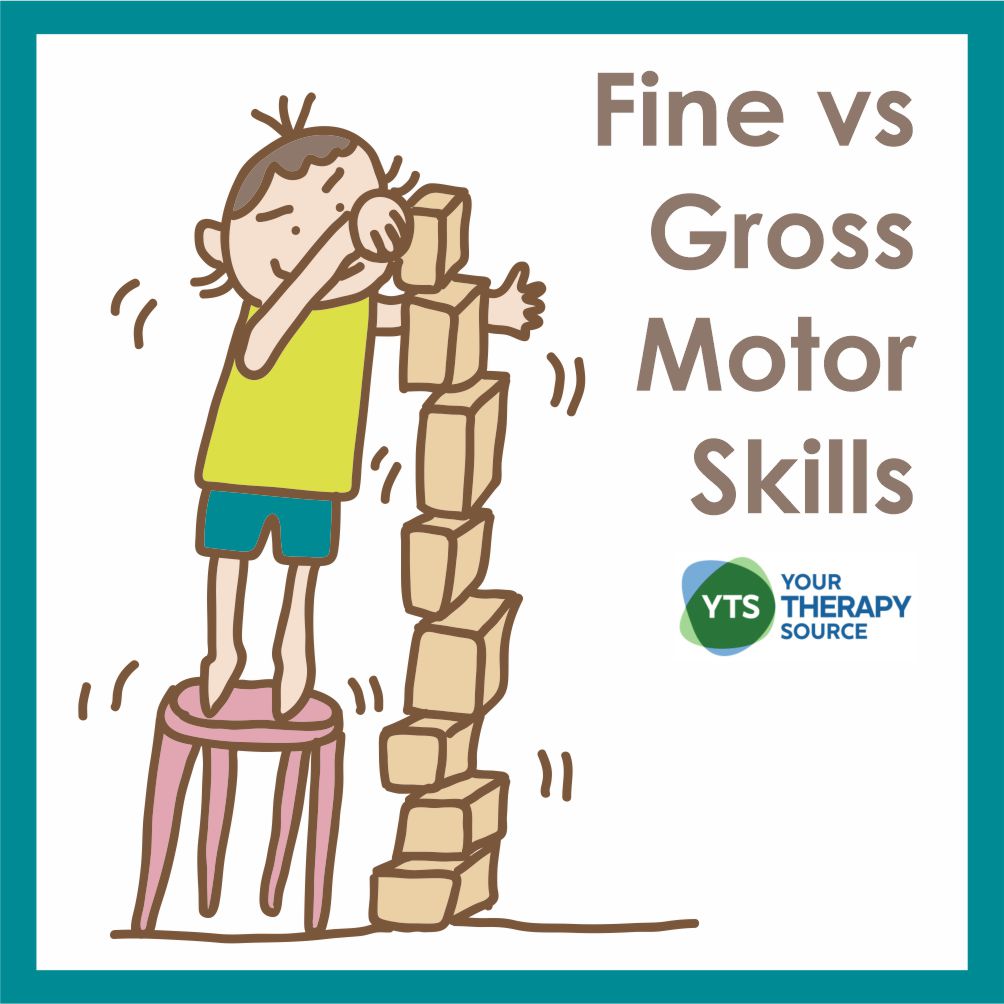
IMPORTANT POINTS TO REVIEW – FINE MOTOR VS GROSS MOTOR SKILLS
- Fine motor skills involve small muscles, typically in the hands and fingers, and are used for precise movements such as picking up small objects and turning pages.
- Gross motor skills use larger muscle groups and involve whole body movements for running, jumping, and climbing tasks.
- Fine and gross motor skills development begins in infancy and continues throughout early childhood.
- Babies (0-3 months) start to open and shut their hands and lift their heads, with more complex skills such as holding and shaking toys (3-6 months), crawling and walking with support (6-12 months), and stacking blocks (12-18 months) developing as they grow.
- As children become toddlers (18-24 months), they begin to run, kick a ball, and use utensils.
- By age two, children start sorting shapes and colours, stand on tiptoe, and kick a ball forward.
- Three-year-olds can ride a tricycle, balance on one foot, and draw simple shapes.
- Children ages four to five can hop on one foot, climb, cut with scissors, and draw a person with 2-4 body parts.
- Children can write, button clothes, ride a bike without training wheels, and participate in team sports by age six and beyond.
- Parents and caregivers play an important role in promoting their child’s motor skill development through safe, open-ended play, and a variety of experiences.
- Occupational and physical therapists can support children who need additional help in developing motor skills.
- Each child develops at their own pace, and small differences in motor skill development are typically not a cause for concern. Parents or caregivers should consult with a healthcare professional if they have concerns about their child’s development.
